Le Curbside Classic: Citroen Ami 8

I know some of you dear readers think I’m overly infatuated with tiny underpowered foreign toy cars. And you’re right! But that’s not why you’re rubbing your eyes looking at this visually challenging Ami 8; it’s the only other French vintage car I’ve found parked on the streets we roam on foot. But…I’m thrilled with my fate; the Ami was very high on my list of cars I was hoping to find (after a Peugeot 404), even if its not the earlier and more bizarre Ami 6. Now that would have really made an expensive trip to Paris worthwhile. And get this: the Ami looks pretty tame compared to the car that Citroen planned to build in its place. Get your sunglasses ready:
The Ami 6 often appears on lists of the world’s ugliest cars. It certainly scores high in sheer eccentricity. But every child looks beautiful to its mother, and Citroen designer Flaminio Berton, who also designed the exquisite DS “Goddess”, called the Ami 6 his favorite car. So there. And it looks almost tame compared to the car Citroen was planning to build as a mid-size model.
Yes. Citroen was an adventuresome company. In the early fifties, the gap between the cheap little 2CV and the very upscale DS was vast, and the “Cocinelle” was intended to bridge it. Its boxer engine sat under the front seat, and drove the front wheels. Extremely aerodynamic and super-light, the Cocinelle would have been the most radical production car just about ever.
When Citroen canceled the project, it needed a quick and expedient solution for a mid-level car. Having taken control of Panhard ( see Panhard history here), Citroen sold the Panhard sedan at its own dealerships, but that was only a stop gap. The solution was to put a roomier body on the 2CV platform frame, keeping its suspension, and enlarging its boxer twin engine from 435 to a whopping 602 cc. And since Citroen was concerned about in-house competition from the similar sized new Panhard 24 under development, it forbade a four door version. That’s partly why the beautiful Panhard 24 arrived as both a coupe and a long-wheelbase two-door sedan, which was intended to be a four door sedan.
Out of fairness to Citroen and Berton, it must be pointed out that the Ami’s famous face was intended to be not quite so bizarre. The Ami was the first production car ever to utilize rectangular headlights, and originally, they were to be incorporated in a much more harmonious front end design (above). But the authorities thought the lights were too low, and the front end had to be redone with the lights in a higher, and much more awkward position. So we can thank the French bureaucrats for the Ami’s appearance on all those ugliest car ever lists.
But not the reverse slanted rear window, which was pioneered by Mercury a few years earlier, and also used by the British Ford Anglia. Its practical purpose here was to leave a large trunk opening in a short car, since Citroen had decided specifically against a hatchback. The R4 that came out the same year as the Ami 6 probably made them wish they had gone the same route.
Before we get back to my photos, I just have to share this one that shows these cars in their brisk cornering attitude. Citroen’s suspension interconnected the front and rear wheels on each side, but what was lacking was some interface from side to side. The result is like a sailboat keeling over. Folks just got used to it, or popped a Dramamine.
The Ami 6 first appeared in 1961, and was built through 1971. In 1969, the Ami 8 was introduced with a facelifted front end that smoothed out some of the extreme ugliness,and with a hatchback to replace the Breezeway window. And a power a boost to boot: from 28 to 32 hp, which was upped again to 35 after 1973. Not shabby, for 36 cubic inches! Top speed was claimed to be 74 mph, but Autocar only saw 65 in their test. The amble from 0-50 (not 60) took some 30 seconds.Fuel economy was 44 (US) mpg; great for the times; lousy compared to what today’s modern diesels achieve with cars twice as heavy and many times the power.
Now here’s the kicker with this particular car: it has a trailer hitch! I know the Europeans made some remarkably light travel trailers, but I can only imagine what even the smallest of them would have been like hitched to this Ami 8 wagon. Glacial is the only word that comes to mind. At least much of France is relatively flat.
But help was available towards the end of the Ami’s long twenty-year life span. In 1973, the new four cylinder boxer for the GS was also available in the aptly-named Ami Super. The ads promised 85 mph! The Ami Super was not a sales success, and disappeared after a few years, while the Ami 8 soldiered along until 1979.
But that wasn’t the only engine transplant the Ami received. Not surprisingly, ever-adventurous Citroen was an early adopter of the rotary engine, and created a joint venture with NSU, Comotor, to build them. The Ami-based M 35 coupe was the test bed for the 500 cc, 49 hp twin-rotor engine. A total of 267 of the coupes were built, and eventually the rotary found its way into the GS Birotor. But the timing was not fortuitous: the OPEC oil-blockade made fuel efficiency paramount, and the three-rotor engine intended for the new big Cx never saw the light of day. Another expensive project canceled that helped push Citroen into near-bankruptcy and into the arms of Peugeot.
The Ami 8 has the typical single-spoke Citroen steering wheel, and the usual umbrella-handle gear shift that the 2CV pioneered. It was a fairly roomy, if somewhat narrow car, since the 2CV itself was fairly long. The Ami’s boxy shape made the most of it.
For a stop-gap, the Ami had a long and reasonably successful life, with some 800k built. Citroen wasted a lot of time and money on a new mid-sized car, the Project F. When Renault showed a very similar production car with their new R16, Citroen again pulled the plug and started over, with the more advanced GS. They finally built what they set out to achieve: an advanced aerodynamic car with decent performance and excellent efficiency. I have one in the can from Portland, and we’ll get to it one of these days, after you’ve recovered from all this Francophelia. Until then, I’ll leave you with this last shot to sear the Ami into your memory banks.

More by Paul Niedermeyer
Latest Car Reviews
Read moreLatest Product Reviews
Read moreRecent Comments
- V8fairy Not scared, but I would be reluctant to put my trust in it. The technology is just not quite there yet
- V8fairy Headlights that switch on/off with the ignition - similar to the requirement that Sweden has- lights must run any time the car is on.Definitely knobs and buttons, touchscreens should only be for navigation and phone mirroring and configuration of non essential items like stereo balance/ fade etc>Bagpipes for following too close.A following distance warning system - I'd be happy to see made mandatory. And bagpipes would be a good choice for this, so hard to put up with!ABS probably should be a mandatory requirementI personally would like to have blind spot monitoring, although should absolutely NOT be mandatory. Is there a blind spot monitoring kit that could be rerofitted to a 1980 Cadillac?
- IBx1 A manual transmission
- Bd2 All these inane posts (often referencing Hyundai, Kia) the past week are by "Anal" who has been using my handle, so just ignore them...
- 3-On-The-Tree I was disappointed that when I bought my 2002 Suzuki GSX1300R that the Europeans put a mandatory speed limiter on it from 197mph down to 186mph for the 2002 year U.S models.



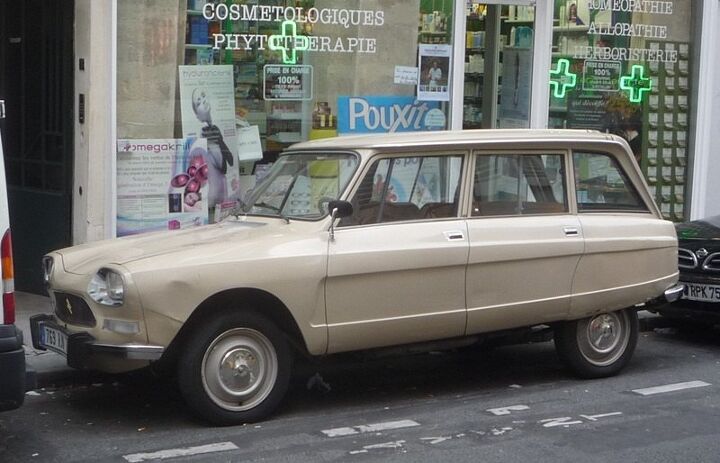
























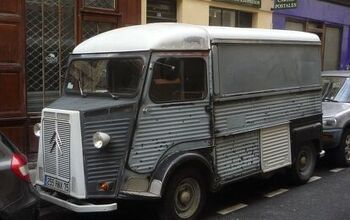
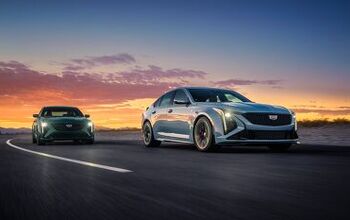
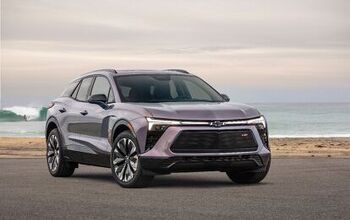
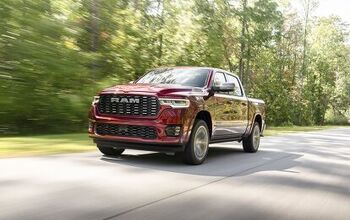
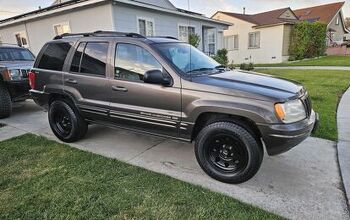

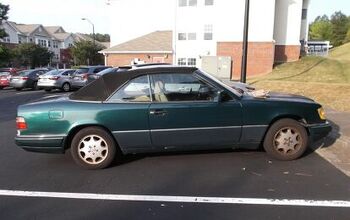
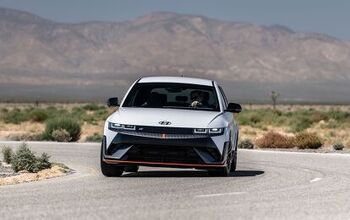

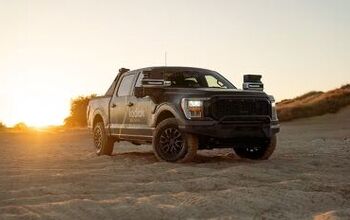

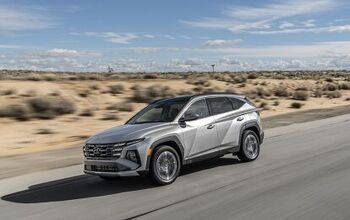
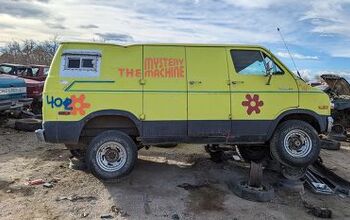
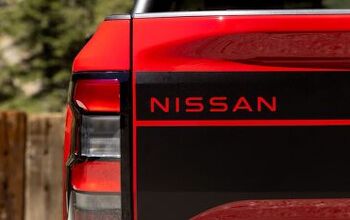
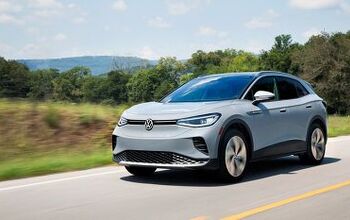
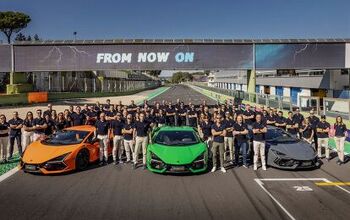
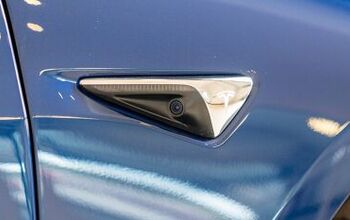
Comments
Join the conversation
It always amazes me when people feel the need to knock these wonderful old cars. I had a GSA (as described above) which was the replacement for the Ami and it was a wonderful car with an incredible ride. And when you drove it on the motorway it would seem to get faster and faster as the hours went by. I used to go everywhere at about 85 miles per hour. Which is not bad for a 1299 cc car with a 3 speed semi auto transmission. By the way Paul, the designer of the Ami, as well as of the DS, Traction Avant and others is Flaminio Bertoni ( note the i) I really enjoy TTAC- greetings from Ireland. Richard
All that akward look for a pair of rectangular headlights? Zeppelin styled across the flanges with a horn-rimmed lunettes look to the snout. All that cobbled on a noisy, floaty ride. Memory suggests the Ami didn't sell as well in the UK as the 2CV. Why does the Ami suggest to me an ugly-duckling so tellingly at home on the campground? I bet there was no Pallas or de Gaulle rider. Per Paul the GS that followed was a far, far more attractive proposition.